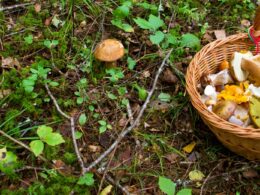I’ve recently been helping an elderly relative organise a few home repairs. Part of this was clearing space for the handyman to be able to do his work. It got us talking about a lot of the things around the apartment, their origins and whether to hold onto them in today’s context.
Many of the items seem so familiar and comforting because I identify with and recognise them from my own home and those of others I’ve spent time in. So, I decided to explore whether there really are certain things that could characterise the “average” Latvian home, and what they suggest about us as a people and our past.
I asked around on social media. Here’s what came up.
Slippers for guests

Latvian hosts will commonly ask you to remove your shoes at the door, at which point you’ll be offered to choose a pair of guest slippers from the dedicated bag, box or drawer.
Assorted empty jars
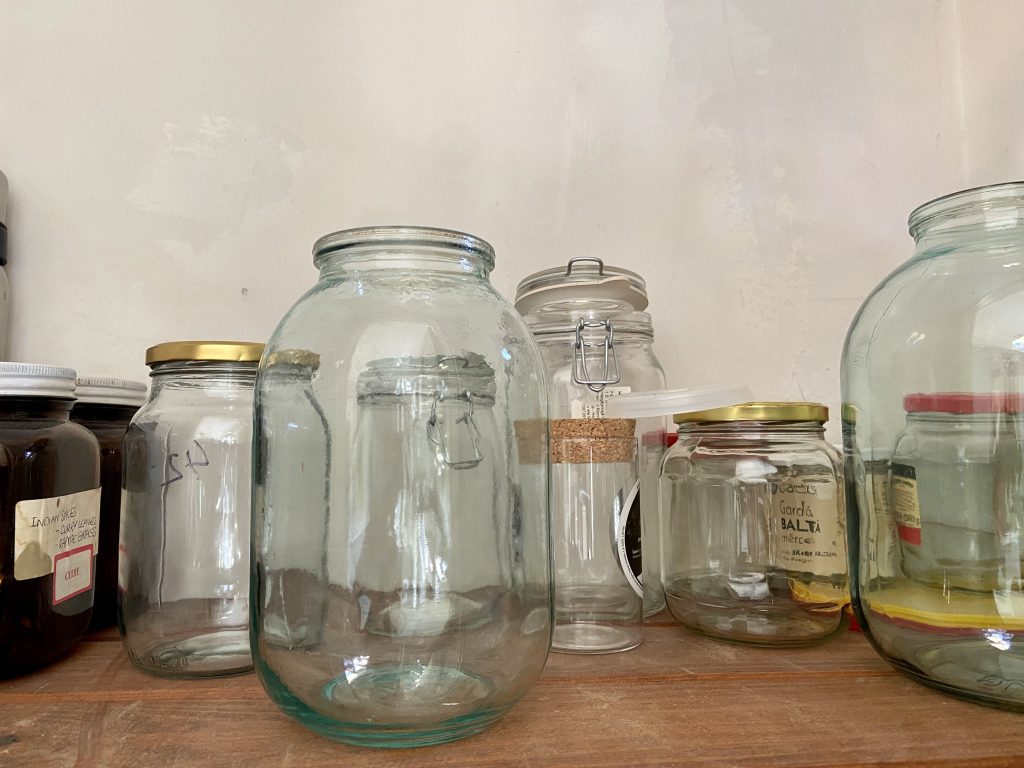
With all the pickles, sauerkraut and preserves we consume, we’re left with a hefty amount of empty receptacles, which we hold onto in the hopes that we’ll reuse them or pass them onto the family members who spend late summer and autumn making the next batch of goodies for the winter season.
Full jars too…
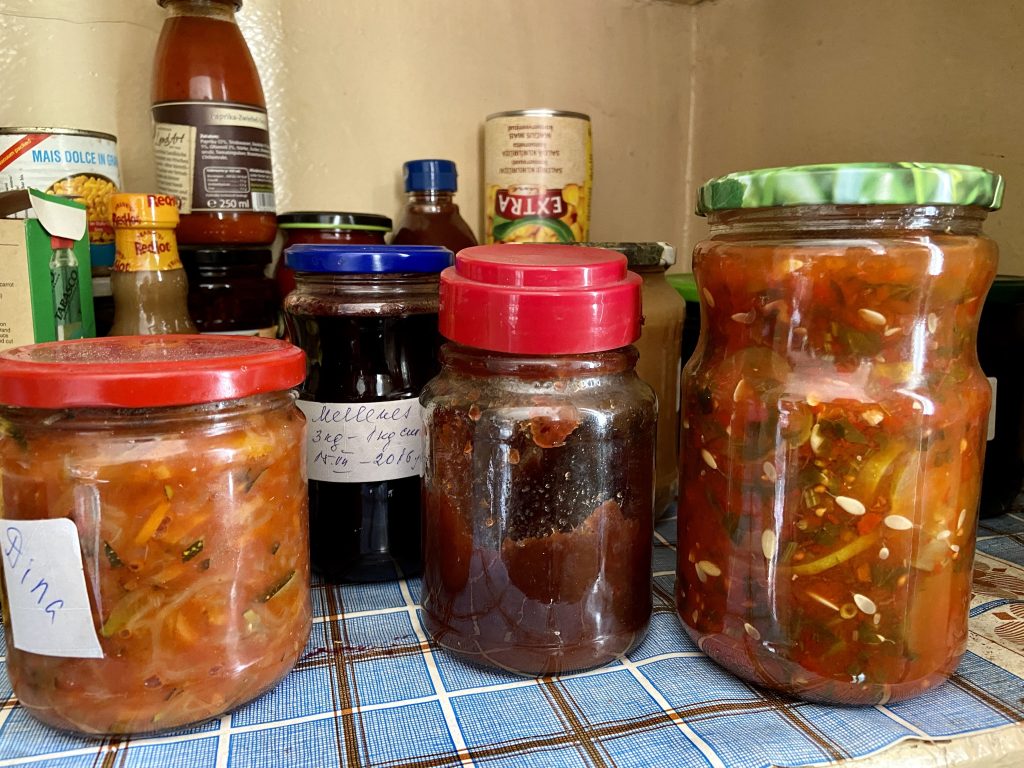
With the jam, pickles and assorted “salads” from grandma or fellow relatives who likely live in the countryside.
The tradition of preserving food dates back to when you couldn’t get year-round fresh fruit and veg flown in from Spain. Today, it is still a treasured skill with people exchanging recipes, experimenting with new flavours and sharing the delicious results with loved ones.
Rags for cleaning
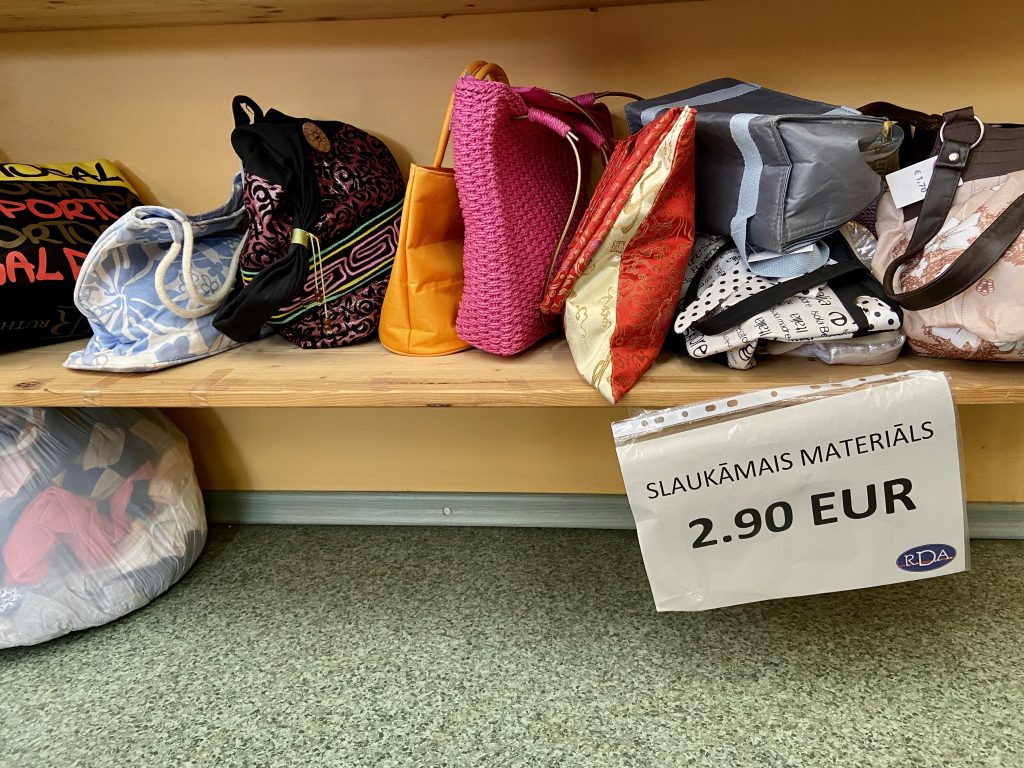
Why buy purpose-made sponges if you can cut up old bed linen, towels and clothing?
If you’re yet to acquire a rag collection, you can buy rags by the bag at second hand shops where they call them slaukāmais materiāls (wiping material).
For those who think zero waste living is a thing of the 21st century, just look towards the Latvian elders and what they were able to do with the little that they once had.
Medus (honey)
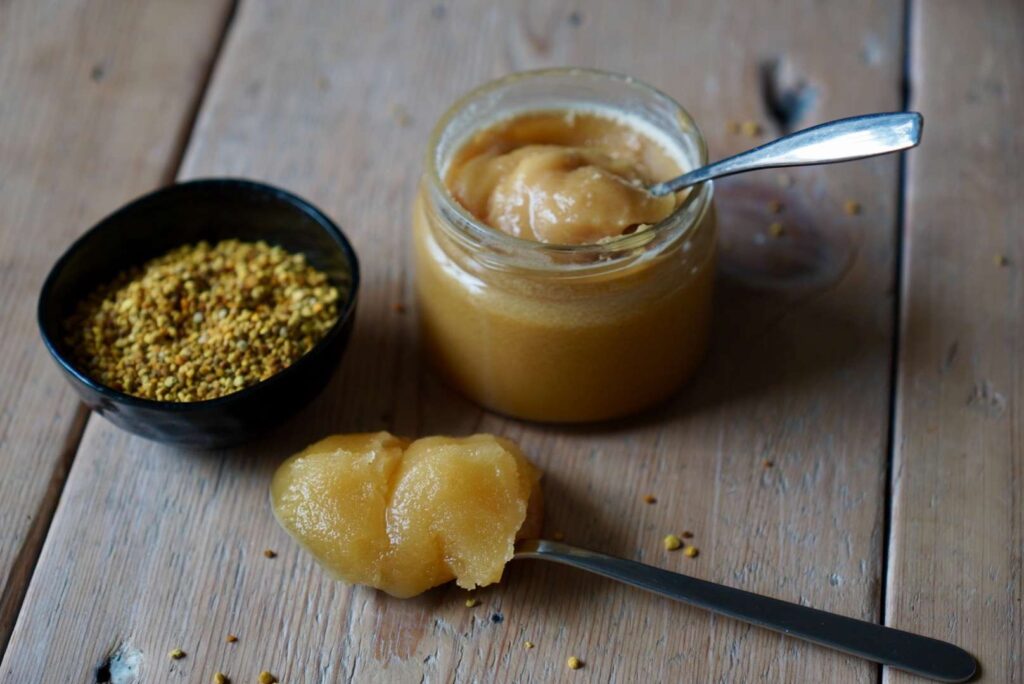
Straight from the bitenieks or biteniece (beekeeper) if you’re lucky to know one, which many Latvians seem to. We’re blessed!
Jade plants, monsteras and plants in general
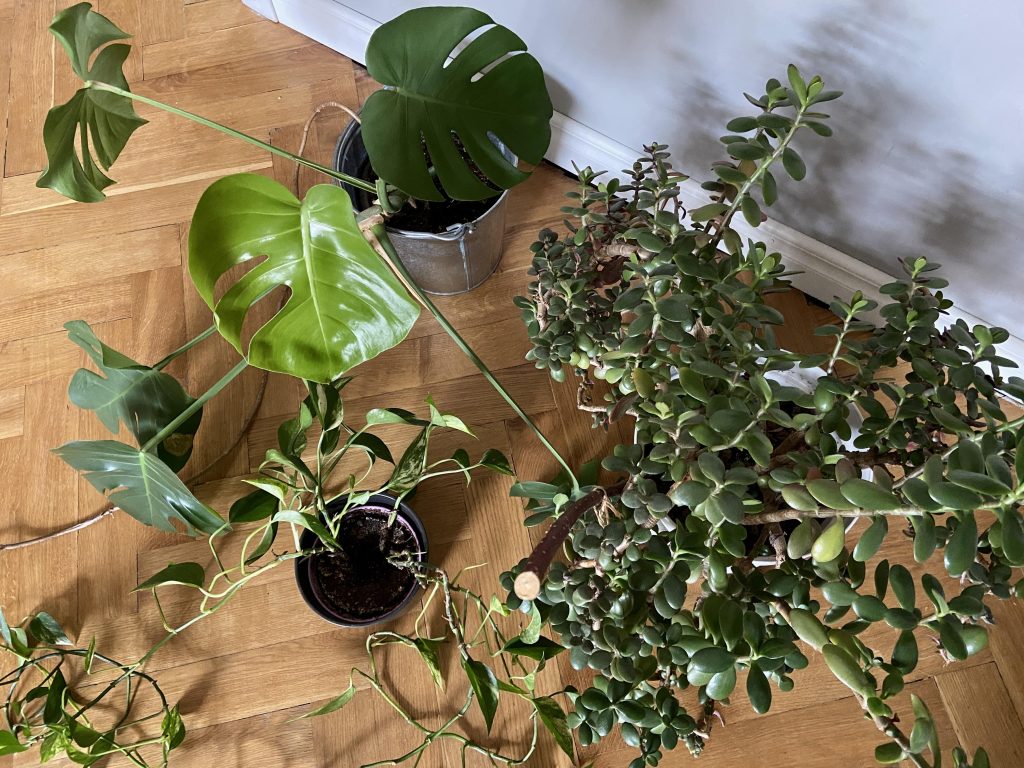
We’re a green-fingered nature. Those of us without gardens make do with window sills, balconies and shelf tops. You can buy an sell offshoots through several special Facebook groups.
Zāļu tēja (herbal tea)
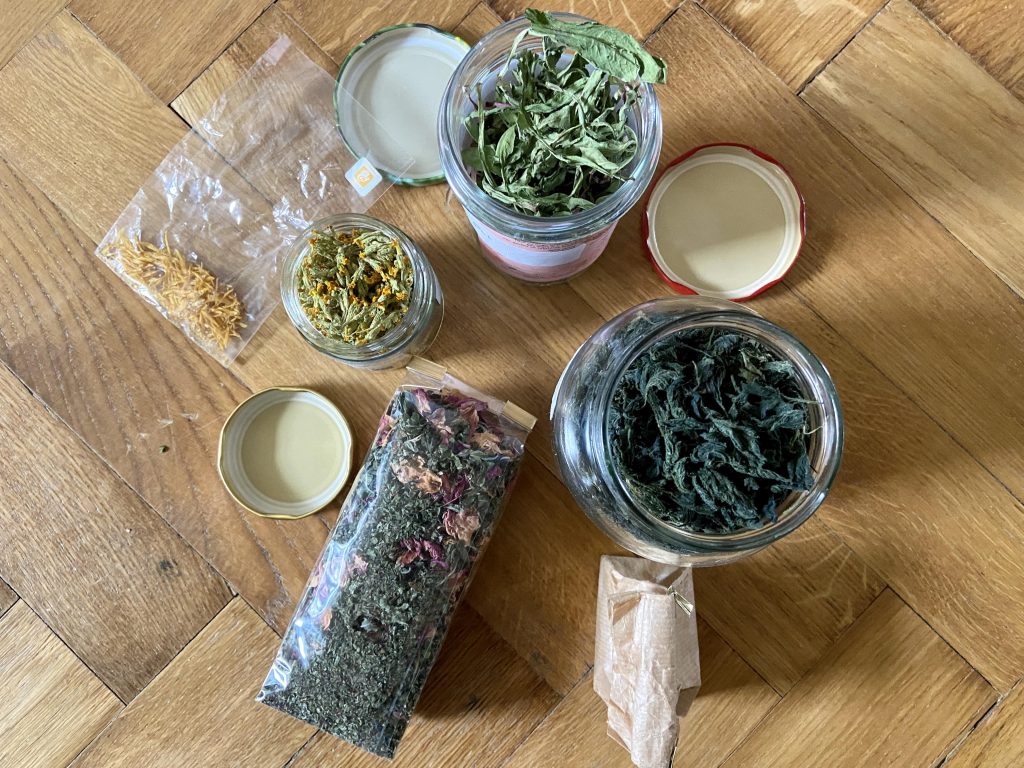
Collected in spring and summer, we dry the herbs for use in the autumn and winter months to help in treating various ailments from the common cold to the winter blues. Each plant has its purpose.
Sometimes, it’s just nice to have a cup of tea without thinking what the specific blend is good for though.
Segas (blankets)
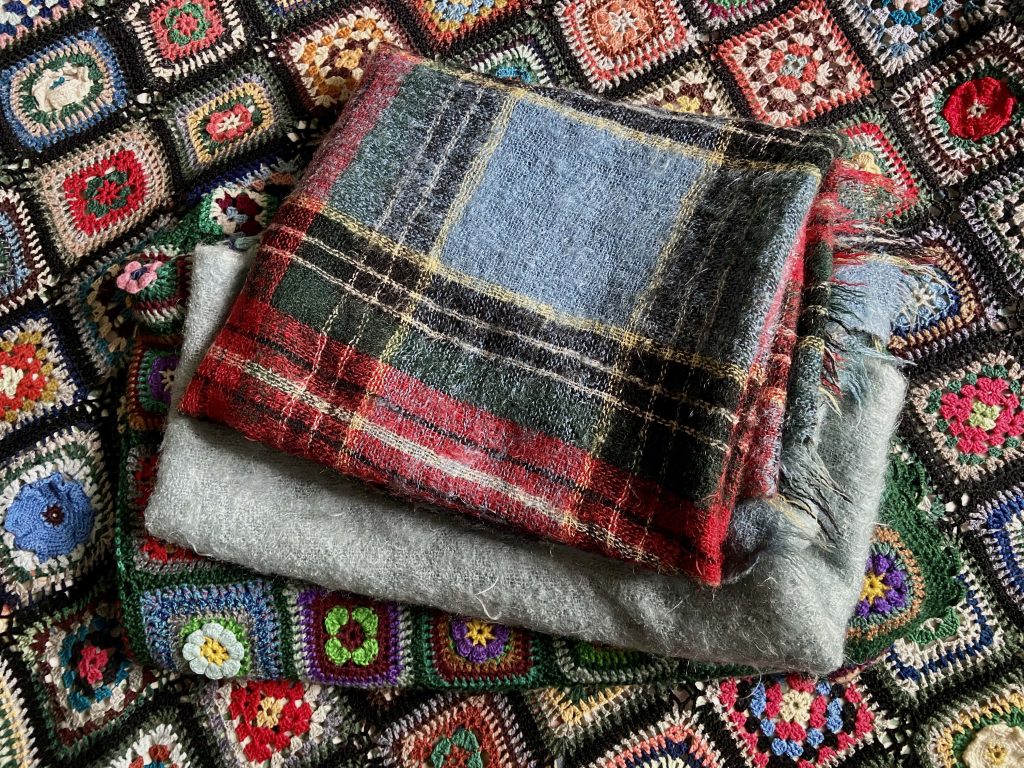
Gifted or inherited throws and blankets – often handmade by family members – to keep warm in winter and decorate or cover all the beds and sofas in the house. A popular item to give as a wedding gift.
Servīze (tea set)
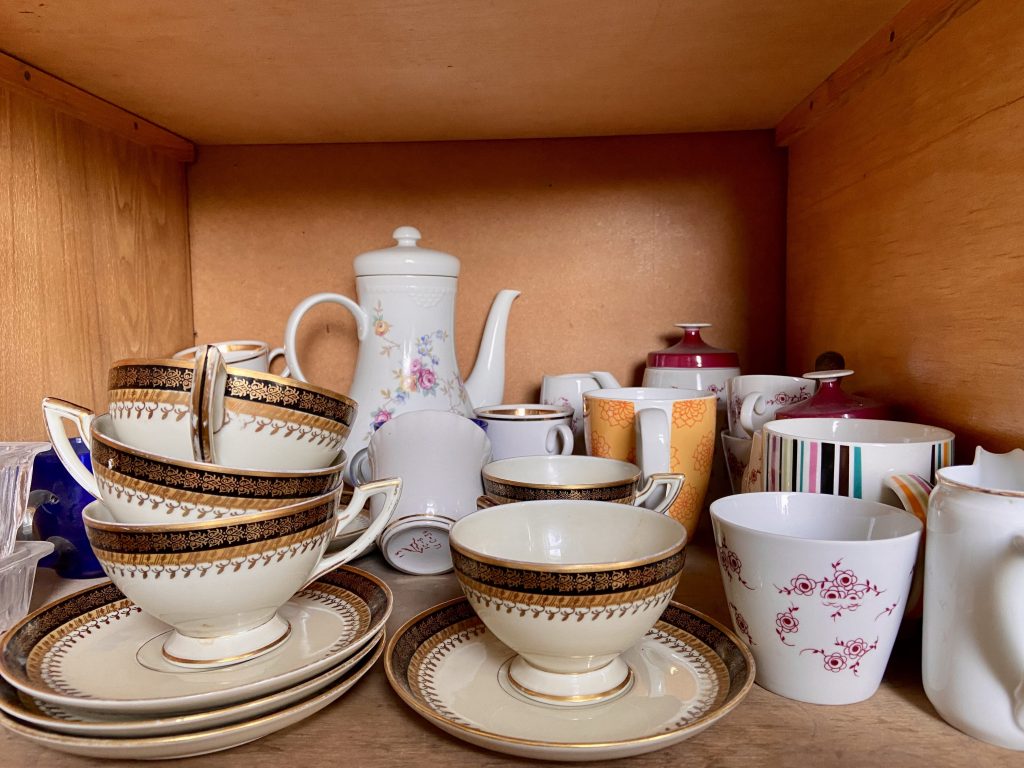
Possibly a treasured family heirloom. May be from the Soviet years or even older. It might stand in a prominent place in the sekcija (shelving unit) or be stowed away out of sight to be taken out on special occasions.
Seasonal veg from the countryside
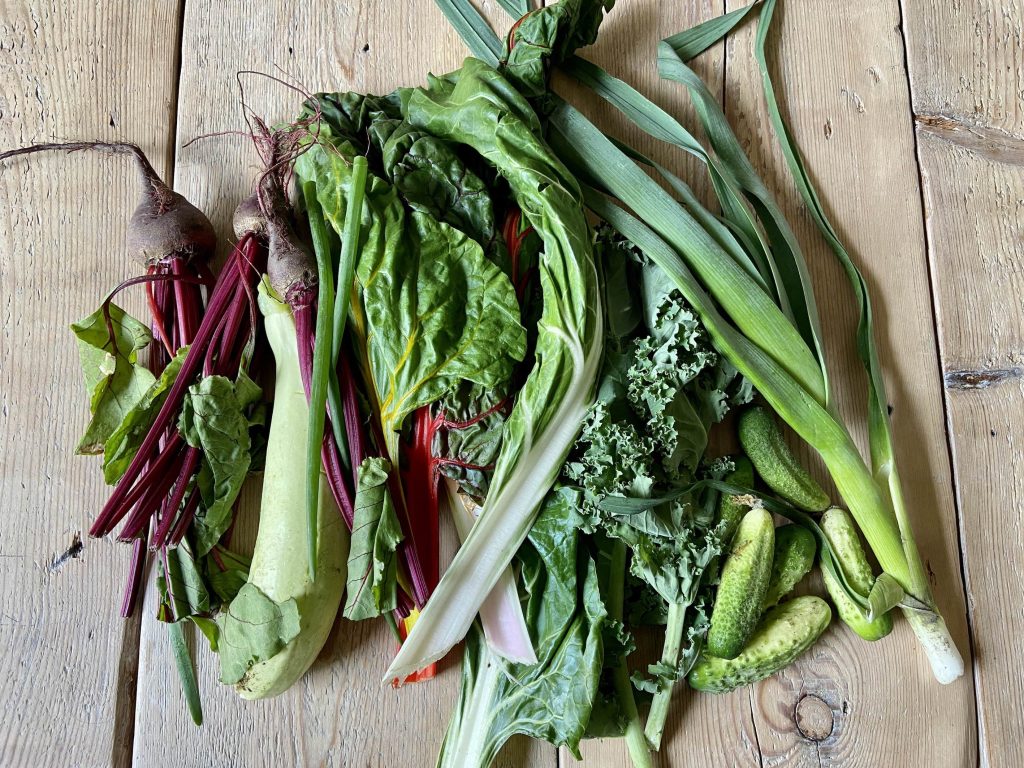
Starting from July, expect to be offered a lot of zucchini, marrows or squashes! Cucumbers, pumpkins and tomatoes are also common gifts shared by friends and family with an allotment, greenhouse or home in the country.
Foraged foods
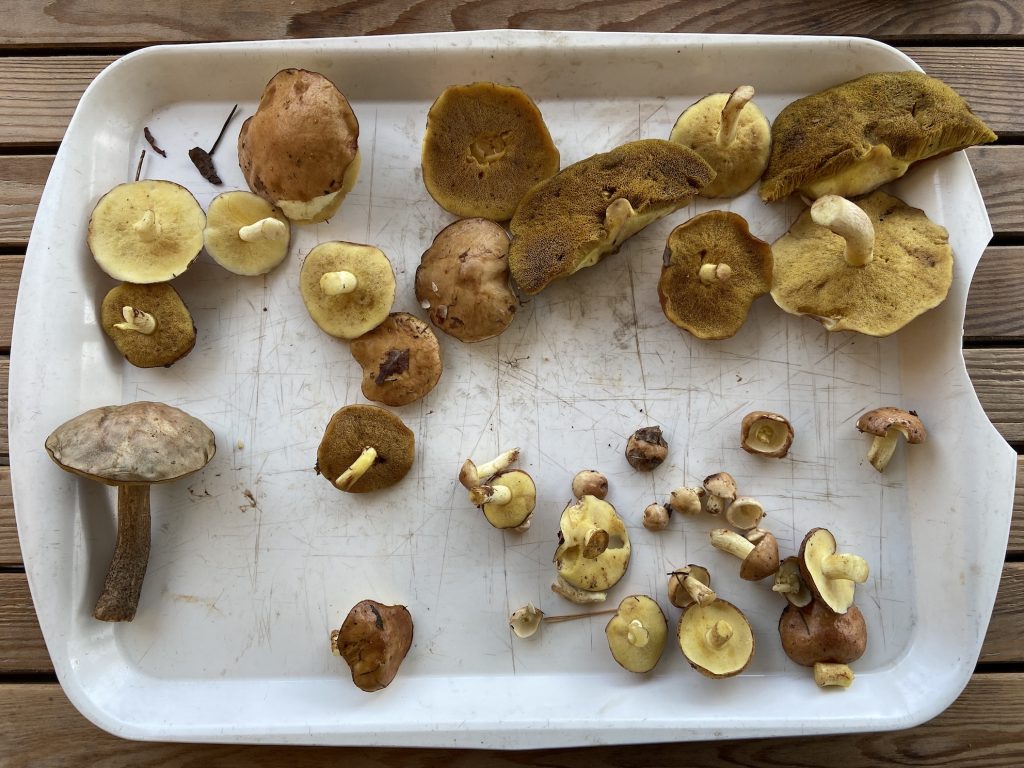
Look into the pantry and freezer and you will find… mushrooms, berries and other wild goods aplenty, which we forage in season to use in winter – a time when fresh food was once scarce.
Groziņi (baskets)
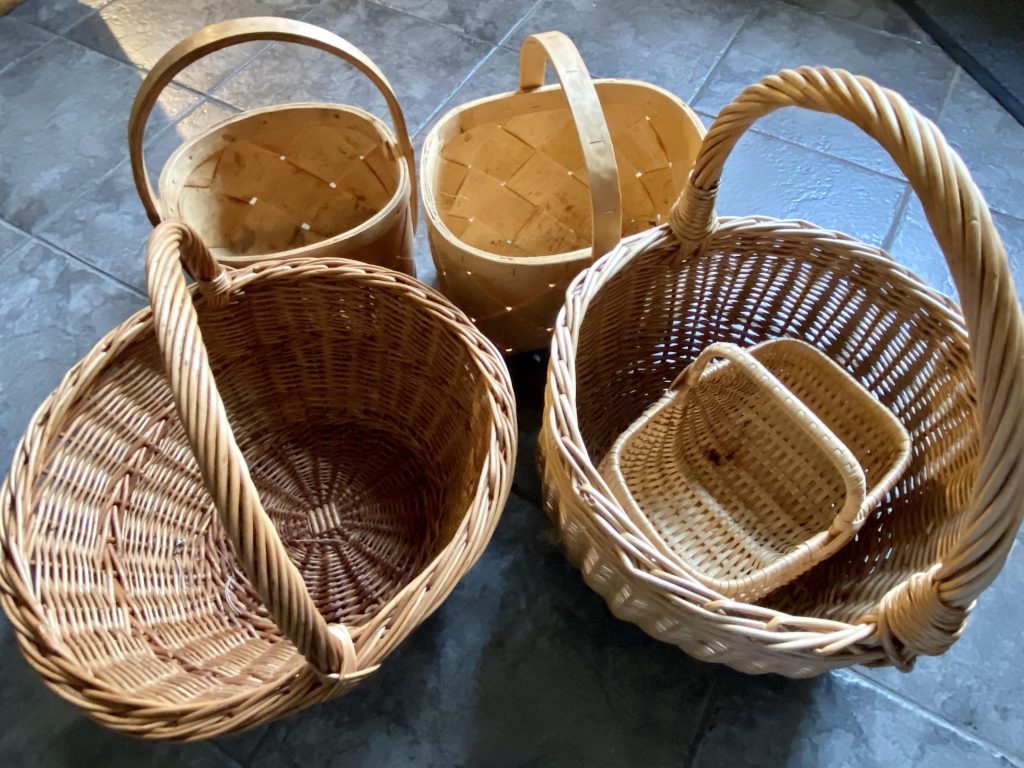
Stacked and ready to go for when the mushrooms and berries appear in the woods and at the market. May also be used at other times of the year for bringing a cienasts (offering) to a groziņu vakars (potluck).
Something handbuilt by your dad, grandad or uncle
A shelf perhaps, a curtain rod or bed frame because Ikea hasn’t been around forever and not everyone has the means for it or even just easy access to the shops. We’re a resourceful people.
Lina galdauti (linen tablecloths)

If you’re married, you may have gotten one as a wedding gift. At least some of them are likely to be inherited.
Amber jewellery and/or works of art
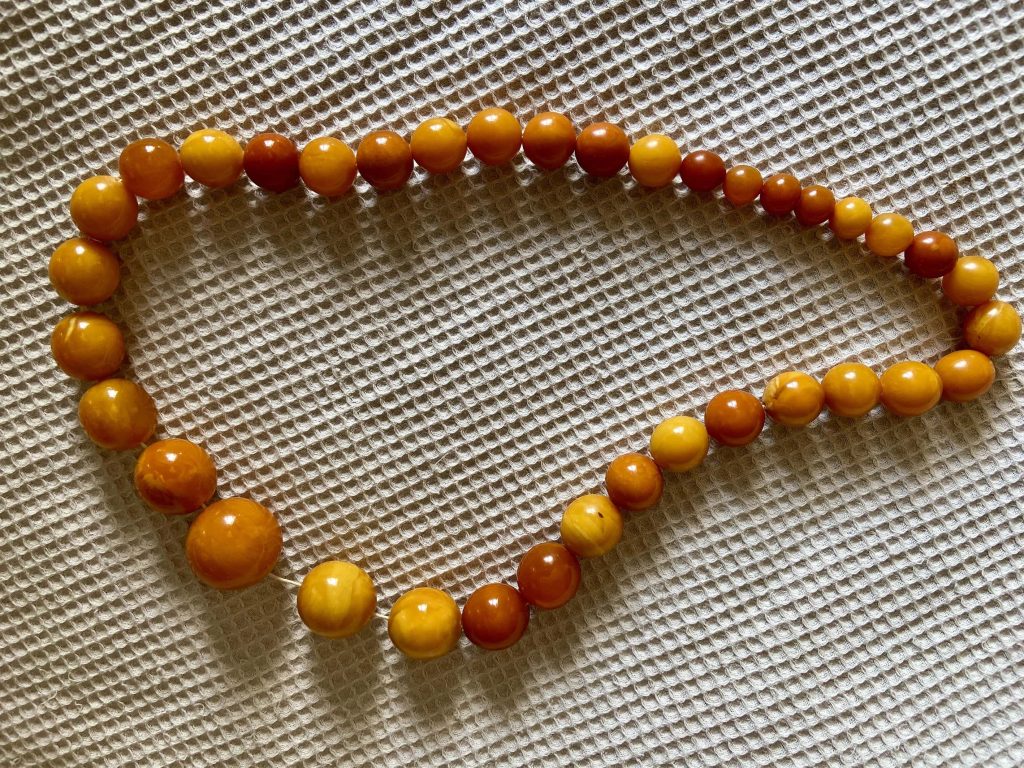
Treasured family jewels or souvenir trinkets, as well as framed amber art works or insects in amber.
Jāņu vainagi (Midsummer wreaths)
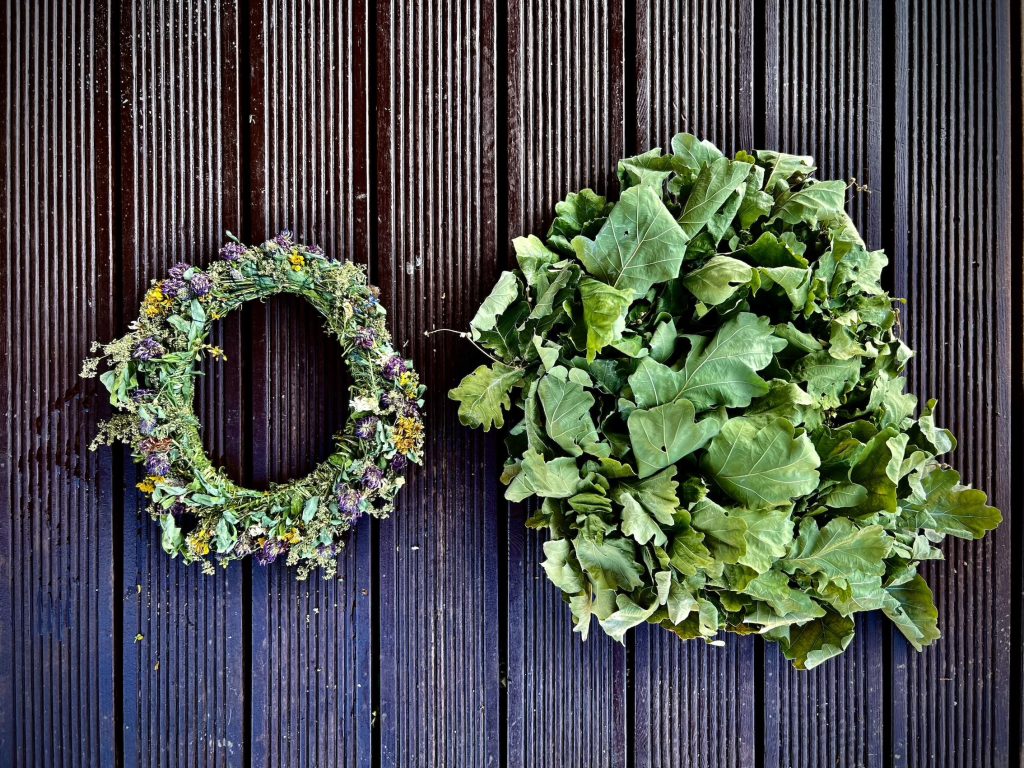
We store dry wreaths from the last celebration until Yuletide or the next Midsummer to be burnt in a symbolic act of letting go of the past.
Siguldas spieķis (Sigulda walking stick)
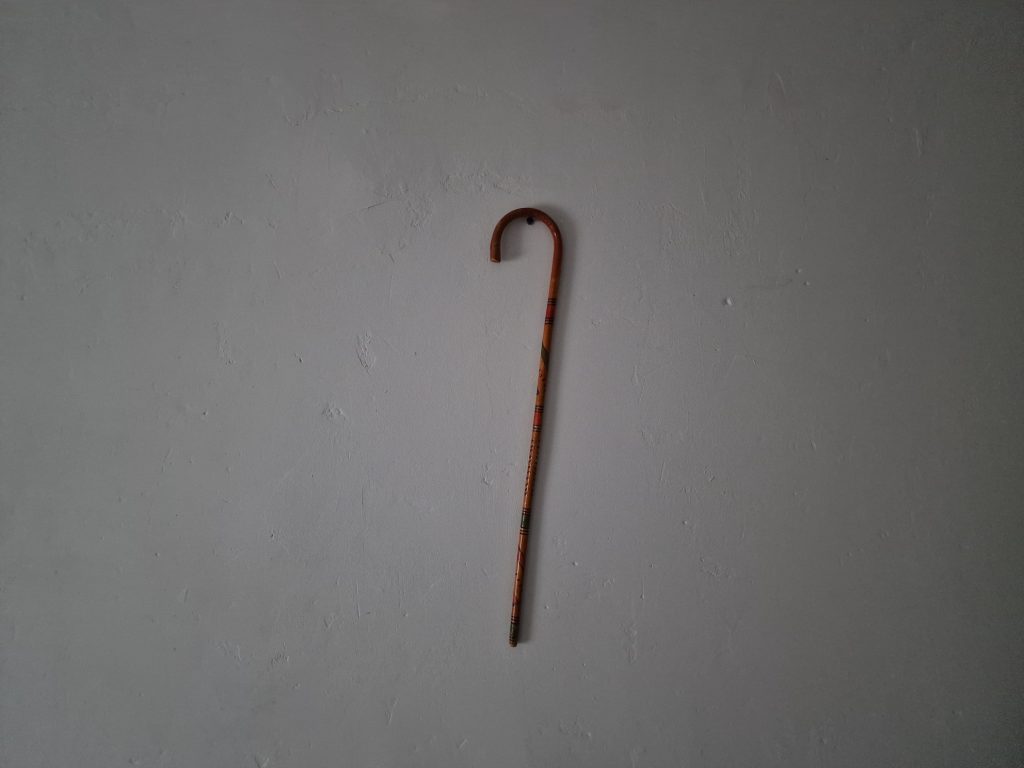
The ultimate souvenir from school trips to Sigulda.
When it first appeared, the walking stick served a practical purpose, helping people navigate the steep trails along the river Gauja. Today, most come in smaller sizes to be displayed in the home, though you can still get big ones too.
Blanket covers with a diamond-shaped hole
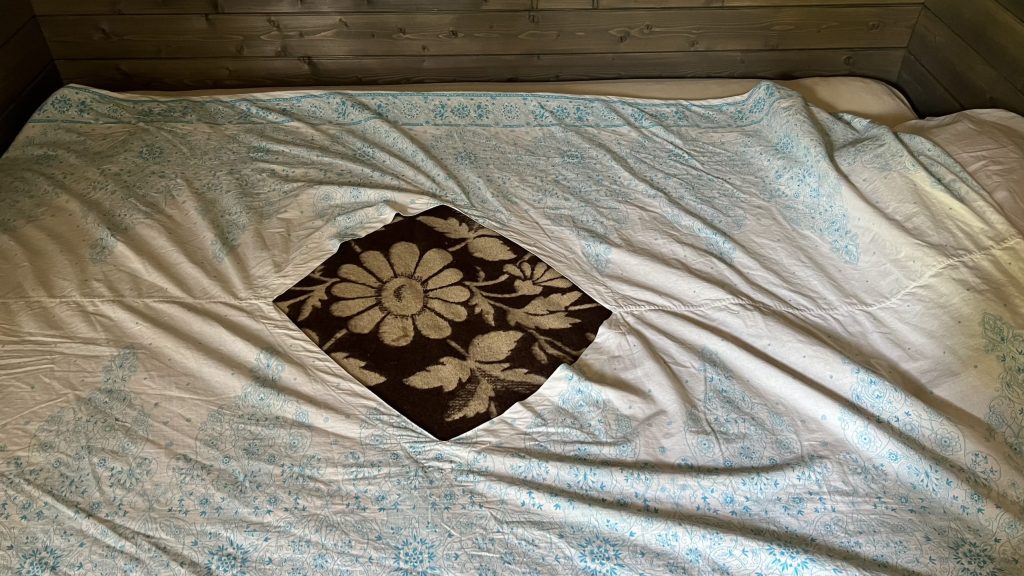
Instead of slipping the blanket in at the end, you slip it in through the hole in the middle of the cover. These – a great match for heavy wool blankets – have stood the test of time.
Dill in some form
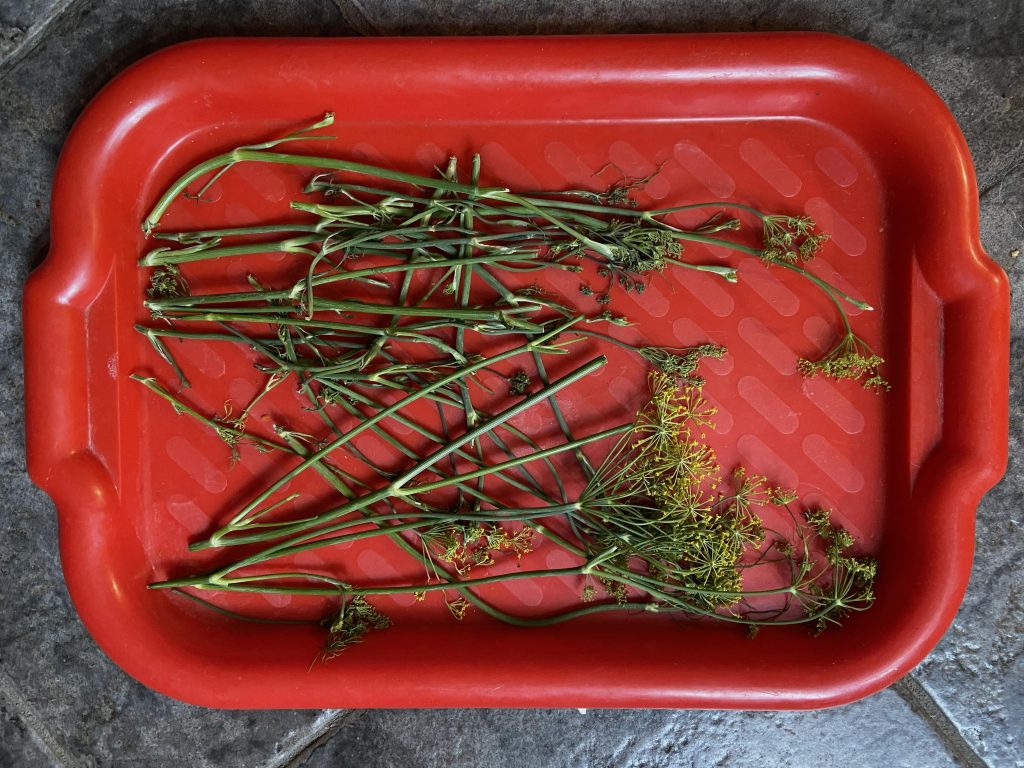
Preferably fresh from the garden or market but dried will do in winter. This is one of the most “adventurous” spices in Latvian cooking.
Skābais krējums (sour cream)
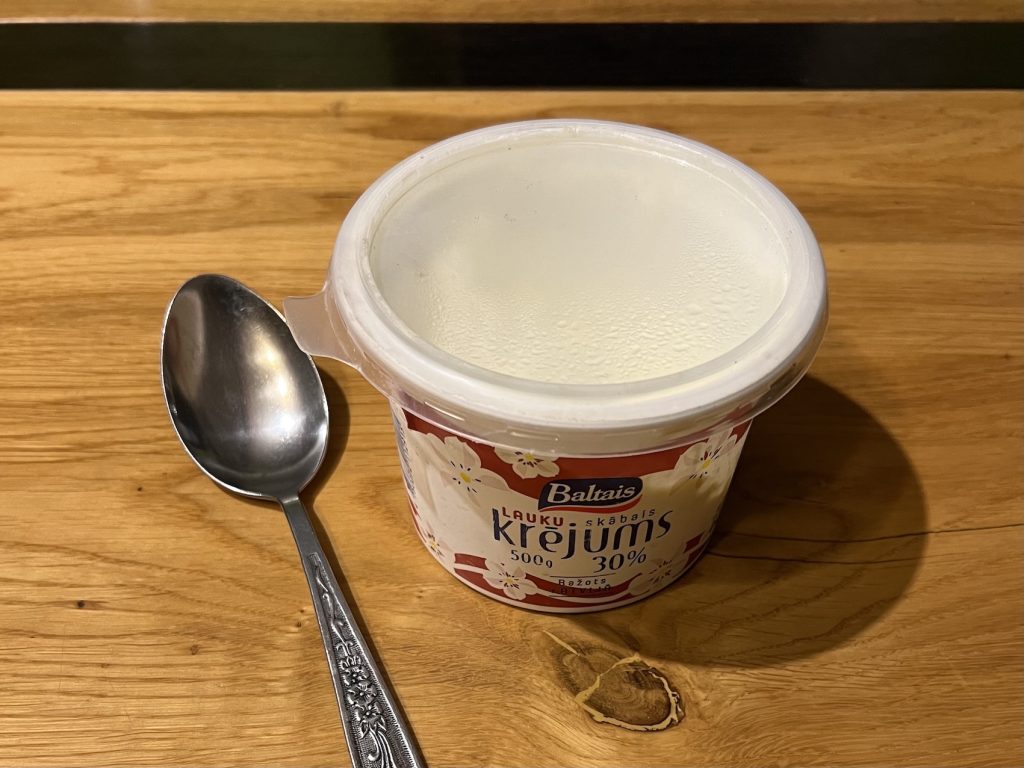
A kitchen staple. Often used as the fundamental building block of sauce, added to soup by the spoonful, or eaten with pancakes and potatoes. In true Latvian fashion, one even douses fresh salads in sour cream and mayo.
Vegeta
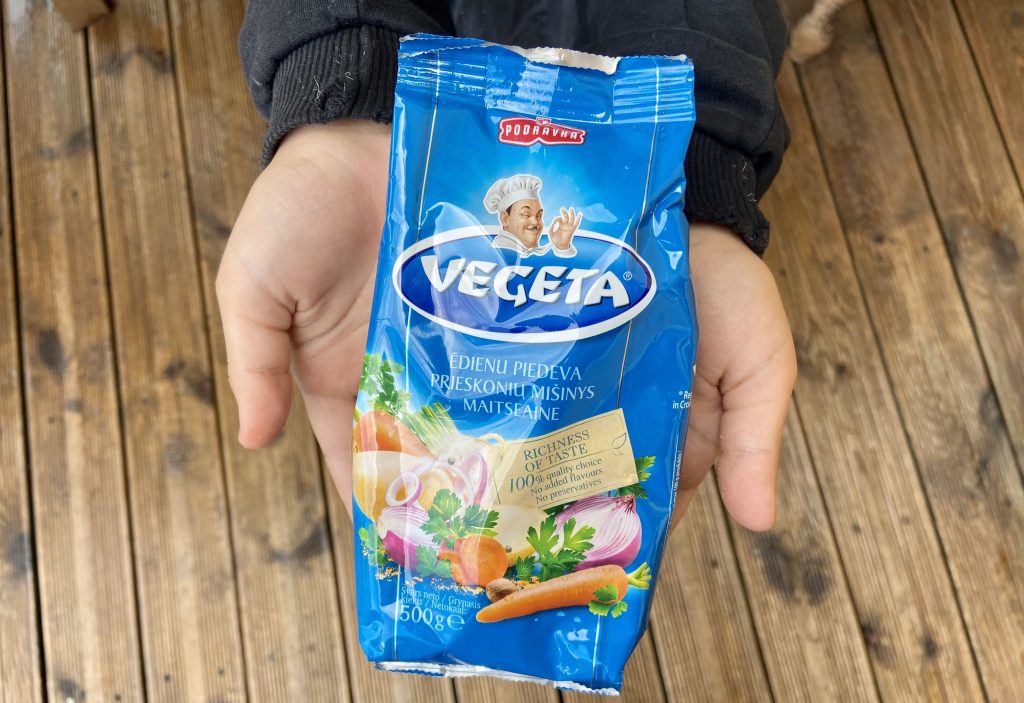
The cheap and cheerful spice mix that goes with everything. For many, a familiar and soothing taste of childhood.
Dusty old books
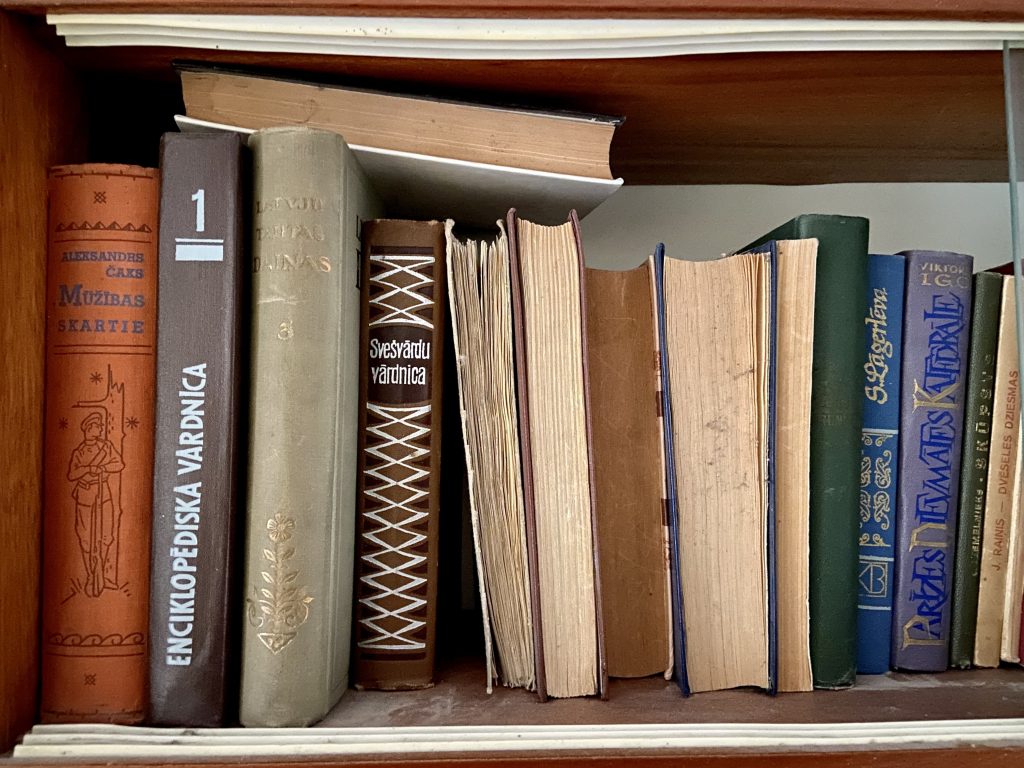
Shelf after shelf of wisdom: pre-internet encyclopaedias, Latvian classics and translated fiction. Throwing them away seems far too harsh and finding them all new homes – an impossible mission, so they just stay.
Junk drawer
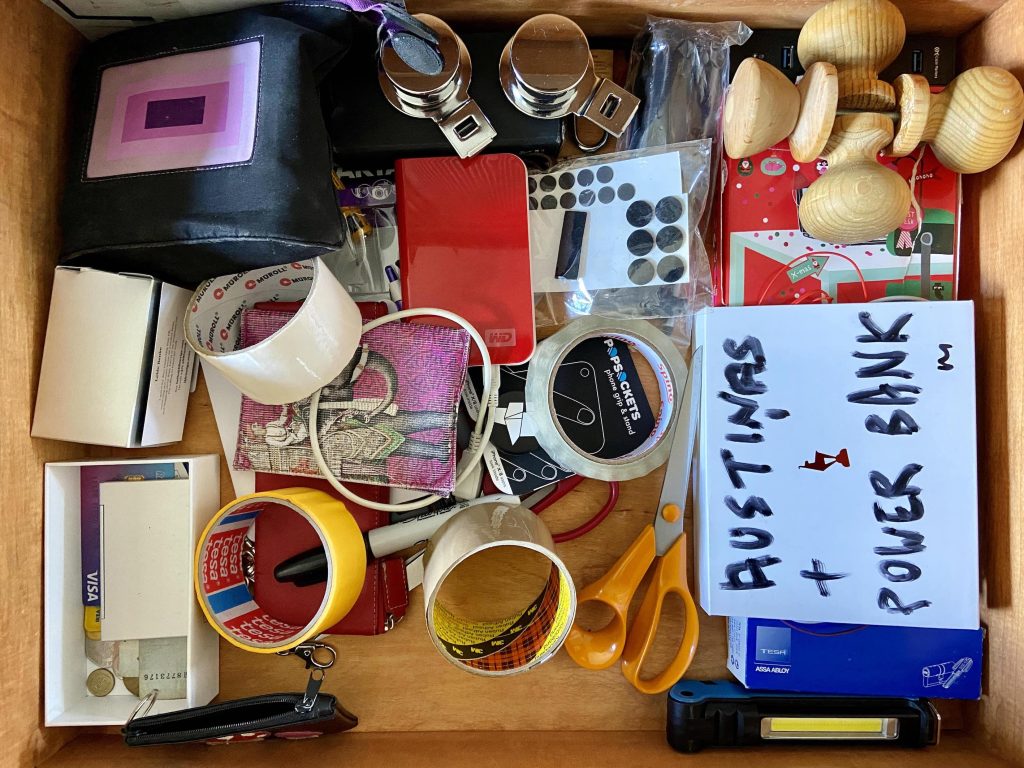
A drawer in the hallway or kitchen for storing bits, pieces and everything in between. If you can’t find something, this would be your best bet.
Maisiņu maisiņš (bag for bags)
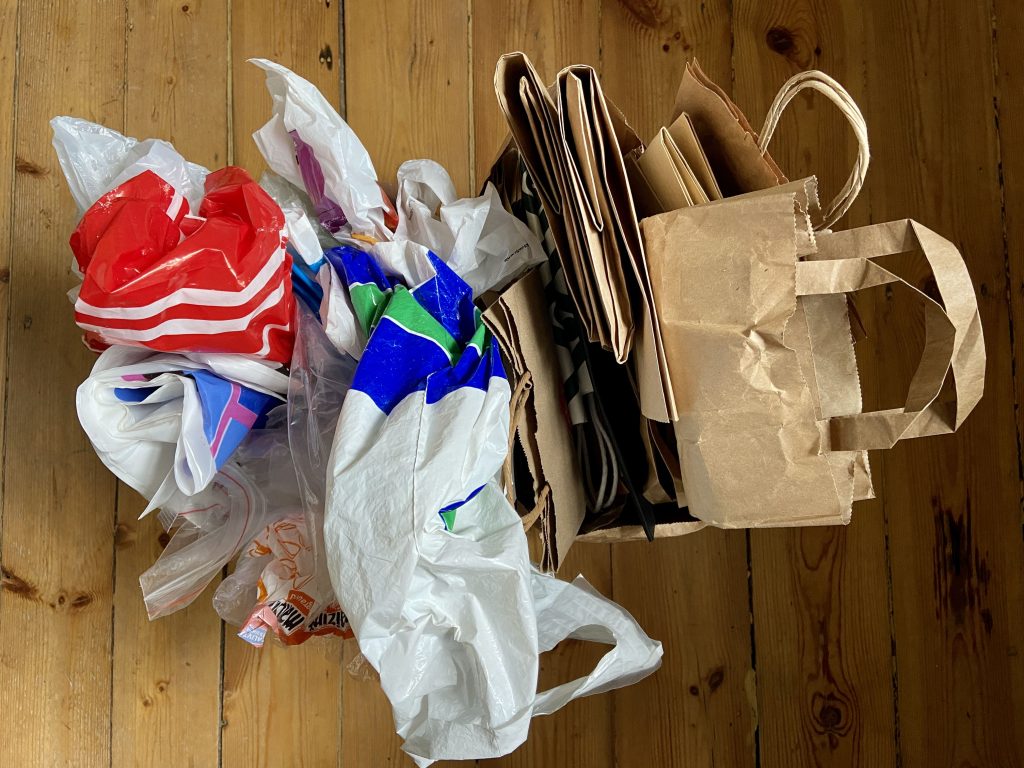
Somewhere in the pantry or under the sink you’ll find a plastic bag full of… plastic bags for using in the bin, at the market or just to hold onto because you never know when one might come in handy.
Nowadays, it may be accompanied by or replaced with a paper bag for paper bags. Additionally, you might have a gift bag for gift bags.
Enamelled cookware and aluminium utensils
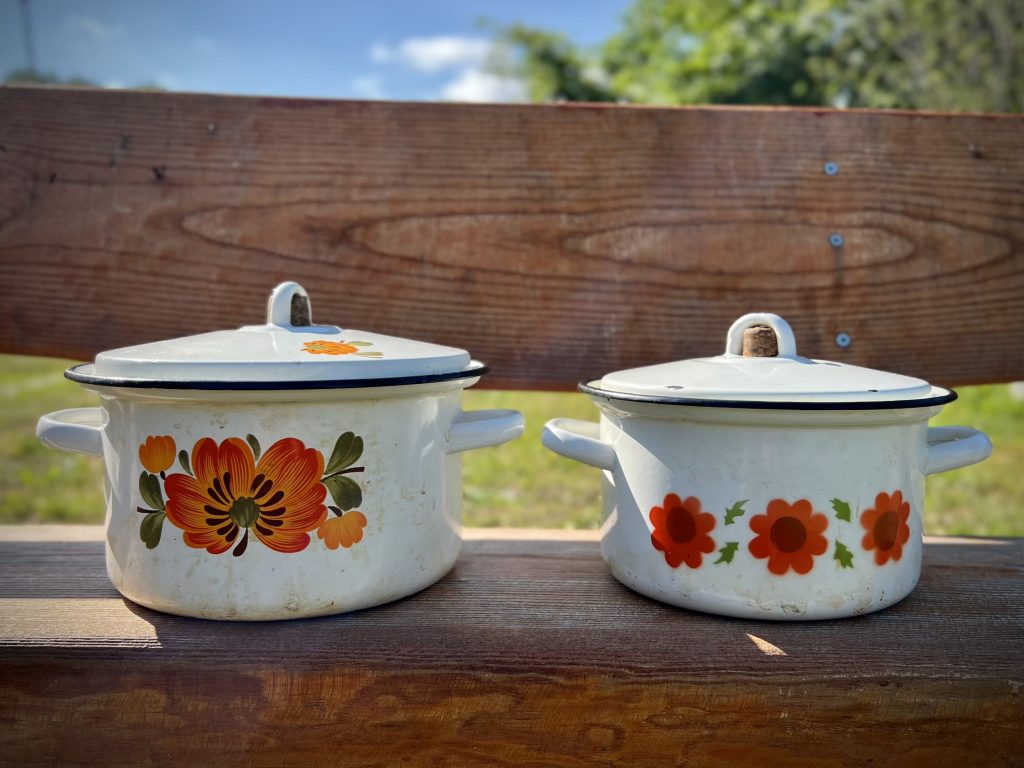
Many of these are leftovers from the Soviet years but still today you can buy lookalikes at places like Riga Central Market.
Thank you to everyone who contributed to this non-exhaustive list of things you find around the Latvian home. Please do expand it in the comments as each finding is so interesting.
If you’re not from Latvia, how many of the items are you familiar with from your own culture?








